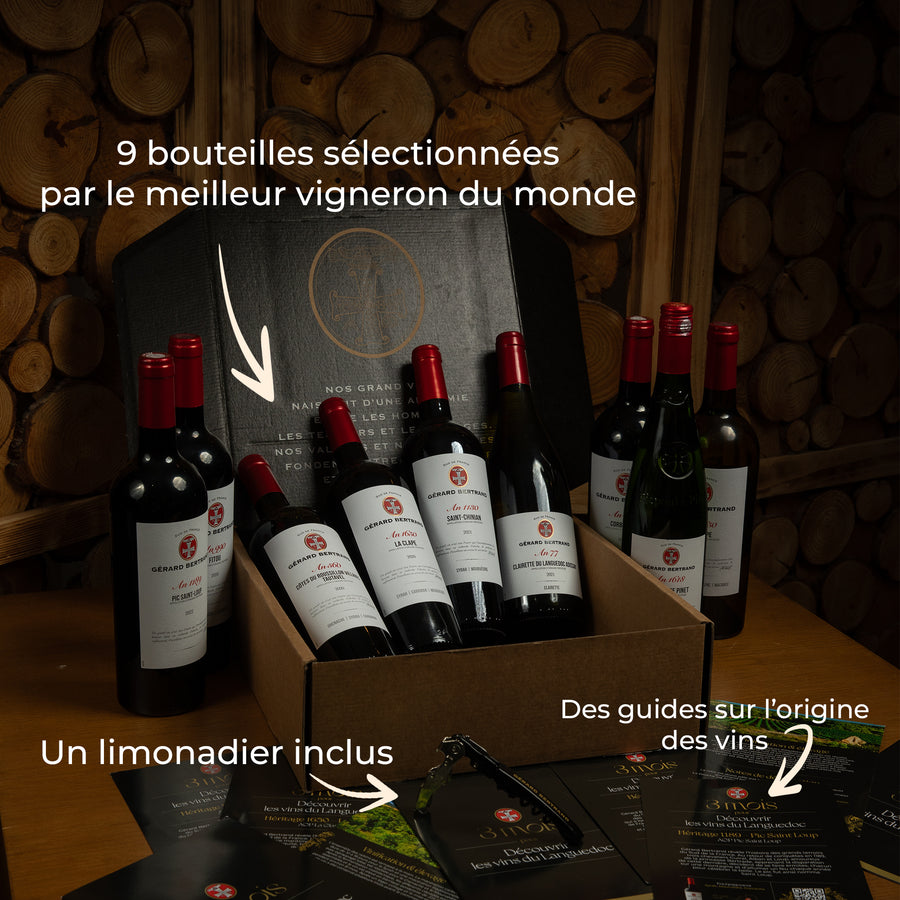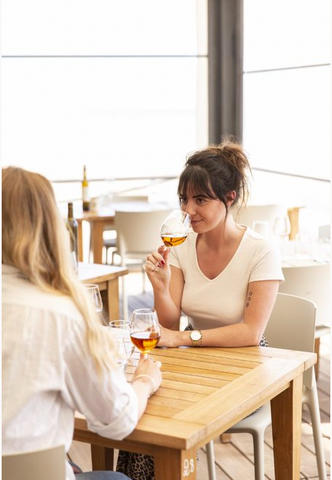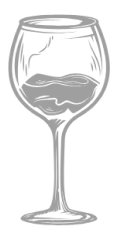How to taste a wine: the steps to follow

Drinking wine is one thing, knowing how to taste it is another. This is the whole ambition of the tasting ritual which appeals to all the senses. So how can we distinguish the main aromas and read between the lines of the pairings?
WE OBSERVE
We'll give you some secrets to help you understand
what's hiding in your glass.
It is well known that we eat and drink first with our eyes. Sit in a bright place. Raise your glass by the stem, tilt it and turn it slightly to move the liquid. Is the wine clinging to the glass? Then it is fatty. Otherwise, it is rather acidic.
Now let's take a look at the dress . Is it light or intense? Clear or irregular? What are its reflections? The nuances?Younger red wines tend to have a darker color that takes on brown and tiled highlights over time. Whites, pale when young, become golden or even amber with age.
WE FEEL
Make way for the aromas.
Bring the glass to your nose, without stirring it. Do you smell these first aromas? This is the first nose . Now, stir gently to reveal new aromas and smell.
This is where red fruits, dried or candied, flowers, spices, leather, cocoa, tobacco, citrus fruits and other gourmet notes are displayed depending on the family of the wine concerned. On the red side, we often recognize the pinot by its notes of blackcurrant or cherry. The white, on the other hand, develops rather marked floral and fruity aromas.
WE TASTE
Last step, and not least.
It's time to put it in the mouth .
Take a small sip and let the wine circulate in your mouth to detect the flavors. Salty, sweet, sour or bitter?
Let's move on to retro-olfaction. Inhale a little air through your mouth and exhale through your nose . Circulate the wine in your mouth as if you were chewing it to impregnate your taste buds for at least 10 seconds. Identify the flavors felt.
And what about texture? Smooth or silky, rough or grainy: this is one that says a lot about the length of time the wine expresses itself. After swallowing the wine, evaluate how many seconds the flavors remain in your mouth. It is said that the longer this time, the better the wine.
But the real question is: did you enjoy this tasting?
We let you comment here
Photo credit: @MARIEORMIERE

















Leave a comment